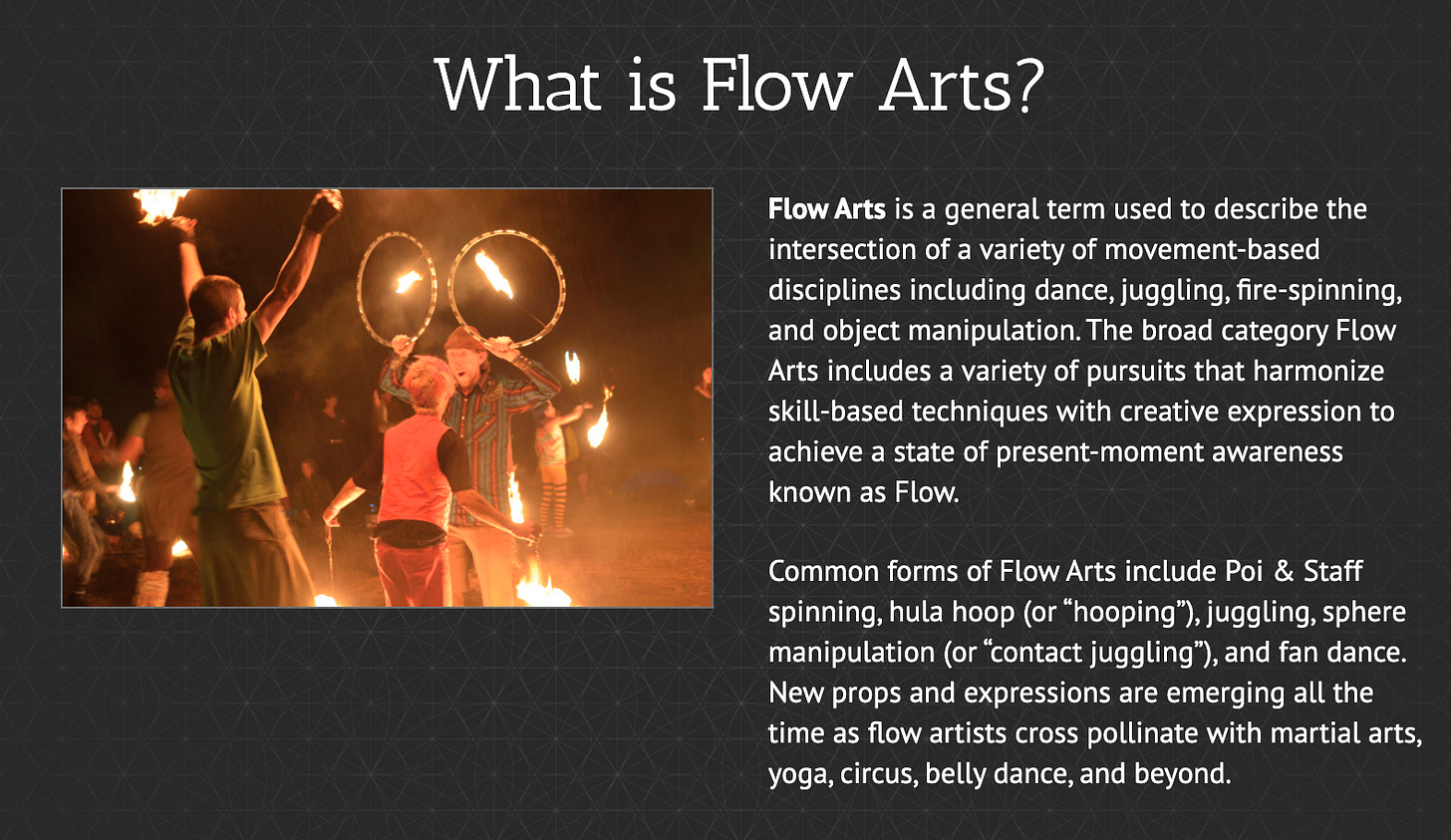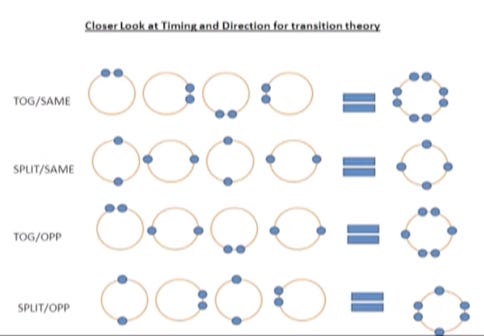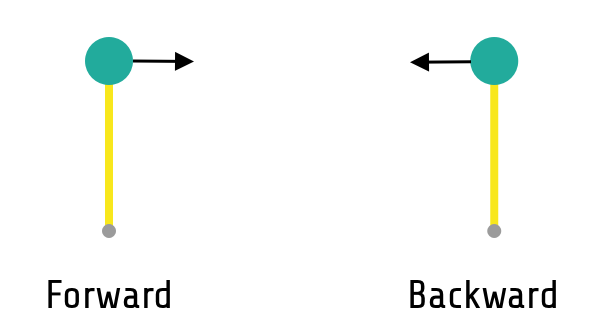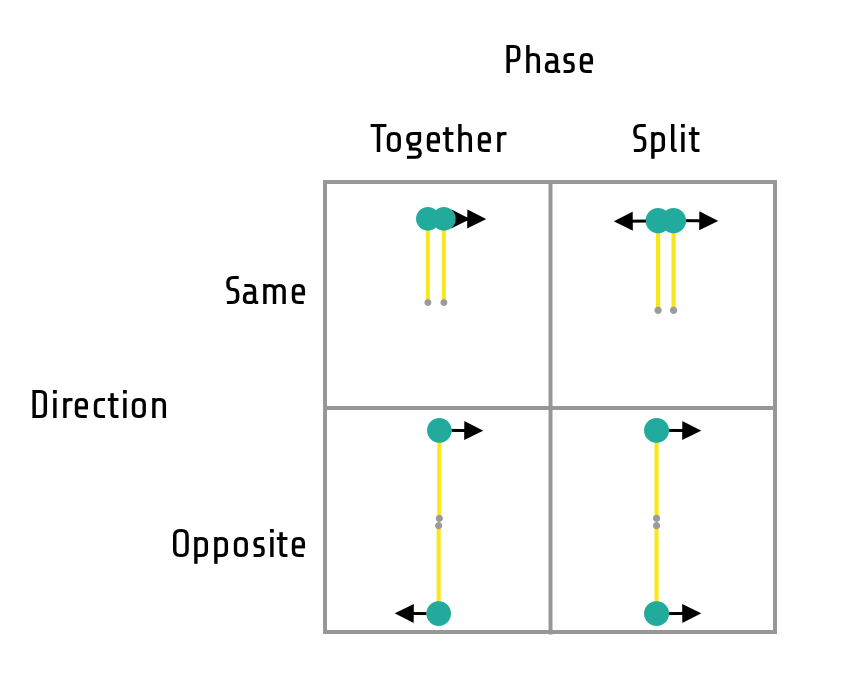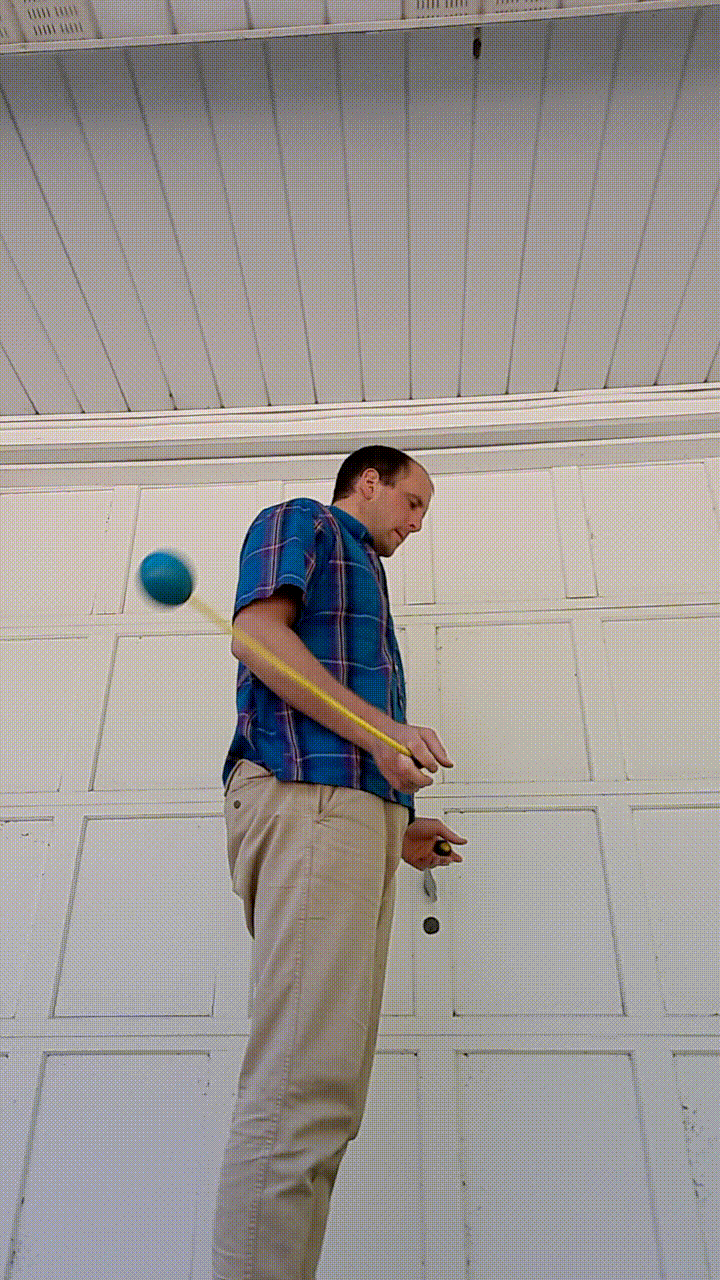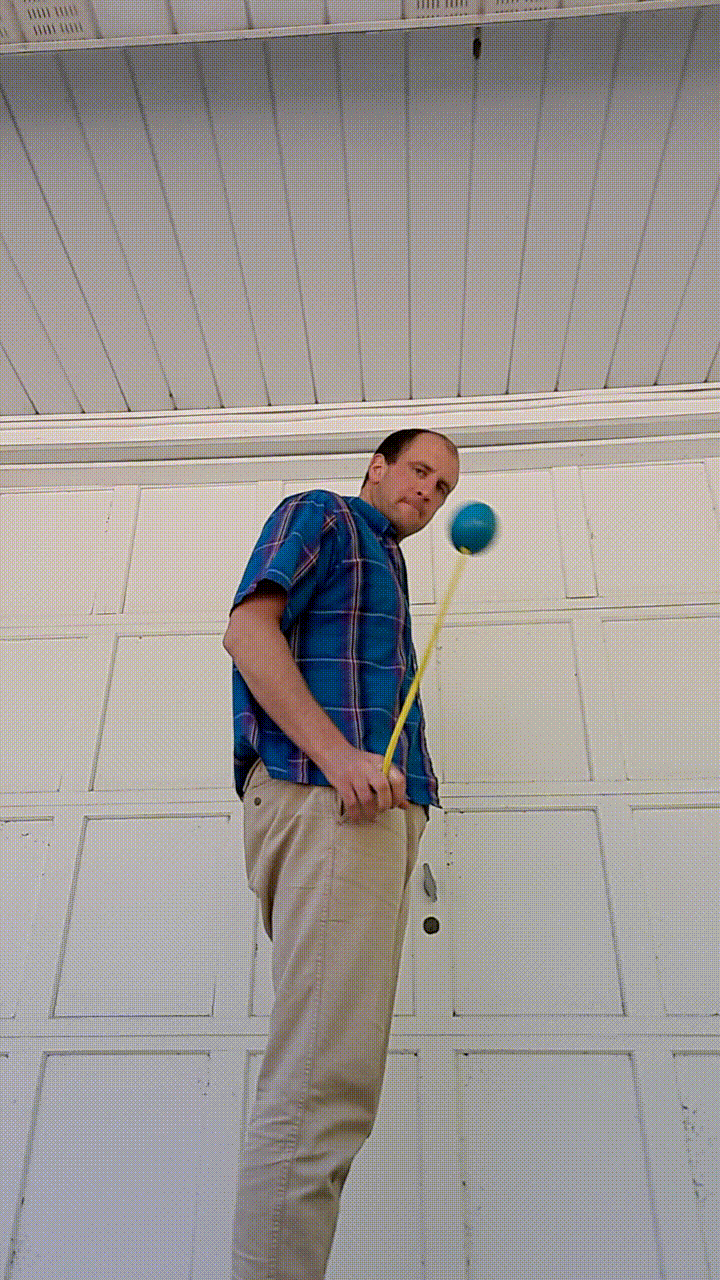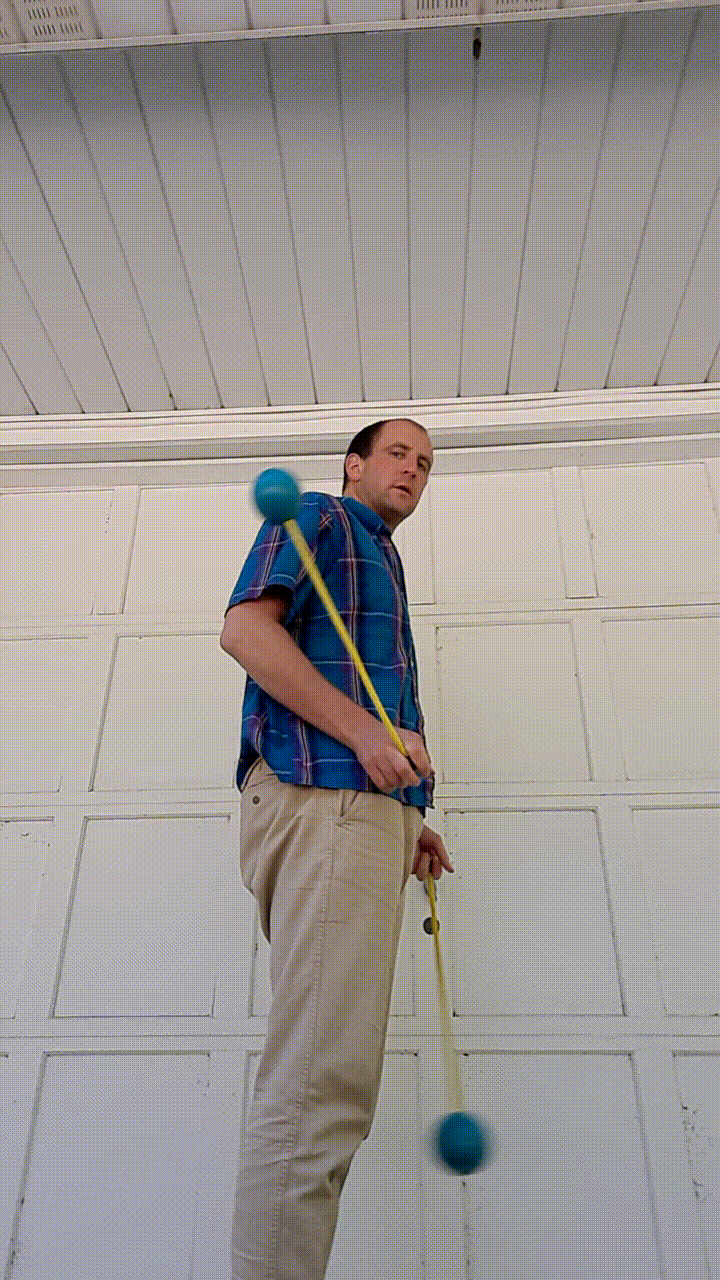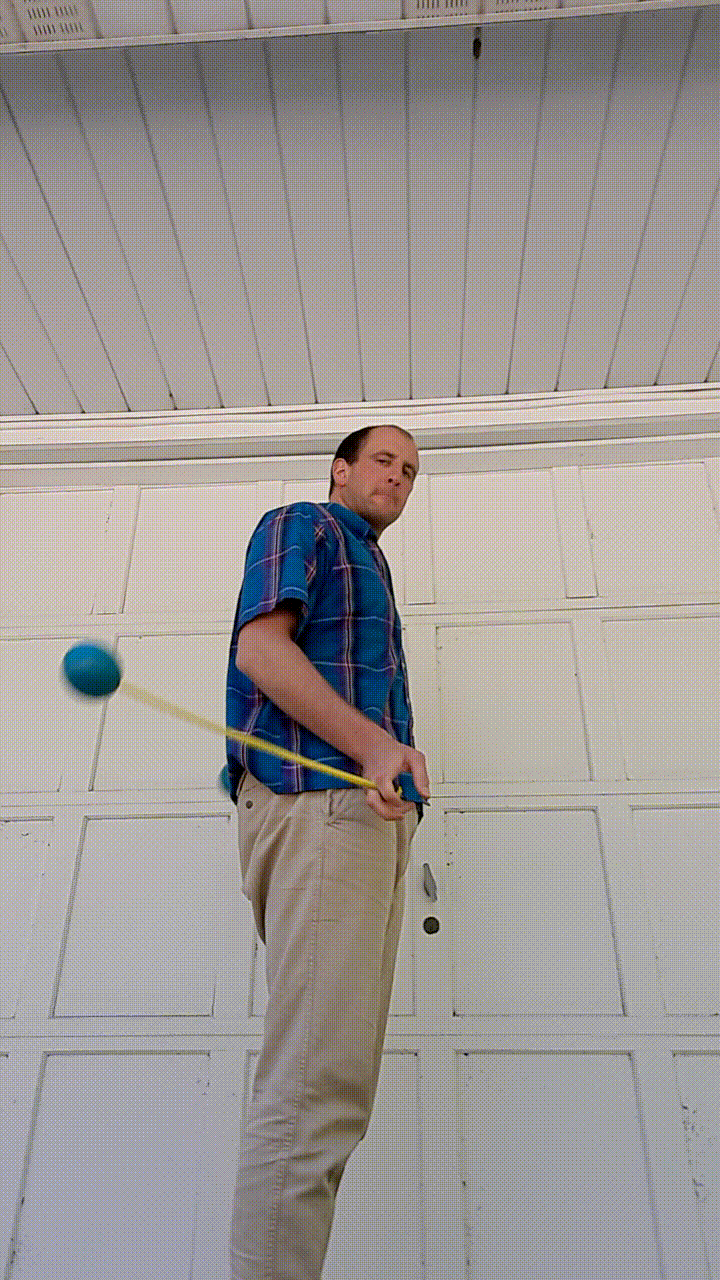What exactly is a bit?
TAKE A SEAT, IT'S LEARNING TIME
One ideal I’ve picked up from Josh Waitzkin is “expressing the core of your being through your art”. This feeling is something I am constantly in pursuit of.
I’ve been doing this thing called “poi” since July 2016 (to simplify, it’s basically a fancy form of juggling). A friend’s friend taught me some basic moves and I thought “hmmm this could be something pretty neat to learn”. This was merely my first introduction into the world of Flow Arts.
Soon after my first taste I attended a workshop by Noel Yee. I was amazed that he was able to put the medium of dance into such abstract and mathematical terms. I have been hooked ever since.
Just look at this graphic! You don’t have to understand what it means, just know that this strange symbolic language tickled the right part of my systemizing mathematical brain.
I felt that spinning poi was the perfect combination of the kinesthetic&physical and the abstract&mathematical. It became one of the my favorite ways to relieve stress and get out of my own head.
It’s a pretty easy thing to learn. And also you can light them on fire.
Perhaps the first thing you learn when you spin poi, is spinning one poi on either side of your body. Each poi has two possible directions it can spin in: forward or backward.
Pretty simple. But when you consider the combinations you can make by spinning two poi at once, the complexity increases.
You can make the poi rotate in different directions, but you can also make them rotate at different “phases”, i.e. you can have one rotate at 0º while the other is at 180º.
To put it another way, there are two BITS, (in the sense of a variable with two possible values, 1 or 0, true or false). And they combine to make four possibilities.
Here is what they look like with real poi.
This is just a very rudimentary example of how systematic patterns can be applied to movement. When I’m truly in “flow”, I can feel the synergy between my abstract mental processes and my physical embodiment. In my next article, I will go more into more fun patterns I’ve found.
WHAT IS A BIT?
A bit has two different meanings:
the on/off binary “bit” that is the fundamental of the computer program
a “bit” as in a performance or sketch (typically thought of as comedic)
For now, these are the definitions I’m going with:
a BIT as discretized information
a BIT as embodied performance
And thus is set the possible content that could possibly fit under “Bit Personality”.
One thing you might notice about me is that I don’t like confining myself to definitions, or limiting my possibilities. And since Claude Shannon showed that any information can be reduced to some combination of binary digits (miss me with that quantum shit), and given the right definitions nearly any human behavior could be reduced to an “embodied performance”, I like my possibilities.


